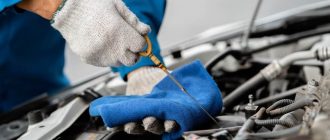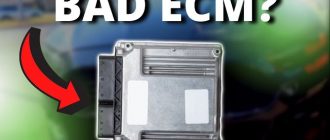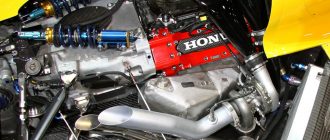## Building a Mini Car Engine: A Comprehensive Guide
Introduction
Constructing a mini car engine can be a rewarding and educational experience. Whether you’re an aspiring mechanic, a hobbyist, or simply curious about the inner workings of a combustion engine, this comprehensive guide will provide you with the necessary knowledge and step-by-step instructions to build a functional mini car engine.
Materials and Tools Required
Before embarking on this project, it’s essential to gather the necessary materials and tools. Here’s a comprehensive list:
Materials:
* Aluminum or cast iron for the engine block and head
* Steel for the crankshaft, camshaft, and connecting rods
* Pistons, piston rings, and wrist pins
* Valves, valve springs, and retainers
* Gaskets, seals, and bearings
* Carburetor or fuel injector
* Spark plug
Tools:
* Lathe
* Milling machine
* Drill press
* Grinders
* Micrometers
* Calipers
* Torque wrench
* Assembly lube
Step-by-Step Instructions
1. Engine Block and Head
* Cast or machine the engine block from aluminum or cast iron.
* Bore and hone the cylinders to the desired size.
* Machine the camshaft bore, oil passages, and water jackets.
* Machine the cylinder head and mill the combustion chamber.
2. Crankshaft and Camshaft
* Turn and grind the crankshaft from a steel blank.
* Machine the crankshaft journals, crankpin, and timing gear.
* Mill the camshaft blank and grind the cam lobes.
3. Connecting Rods
* Forge or machine the connecting rods from steel.
* Bore the big end for the crankshaft bearing and the small end for the wrist pin.
4. Pistons
* Machine the pistons from aluminum or a suitable alloy.
* Cut the ring grooves and mill the piston crown.
5. Valves
* Grind the valve seats into the cylinder head.
* Cut and lap the valve faces.
* Install the valve springs and retainers.
6. Assembly
* Lubricate all mating surfaces with assembly lube.
* Assemble the crankshaft, connecting rods, and pistons.
* Mount the cylinder head and torque it down.
* Install the valves and adjust the valve clearances.
* Mount the carburetor or fuel injector.
* Connect the spark plug and ignition system.
Additional Tips
* **Start small:** Begin with a simple single-cylinder engine design to gain experience.
* **Use high-quality materials:** The durability and performance of the engine will depend on the quality of its components.
* **Pay attention to tolerances:** Precise measurements and clearances are crucial for proper engine operation.
* **Test and adjust:** Once assembled, test the engine for proper compression, ignition, and valve timing. Make necessary adjustments as needed.
* **Safety first:** Always wear appropriate safety gear when working on the engine.
Conclusion
Building a mini car engine is a complex but rewarding endeavor. By following these step-by-step instructions and utilizing the provided tips, you can create a functioning engine that can power a small vehicle. Whether you’re aiming to improve your mechanical skills, delve into the world of internal combustion engines, or simply satisfy your curiosity, this guide will empower you to construct a mini car engine with confidence.




